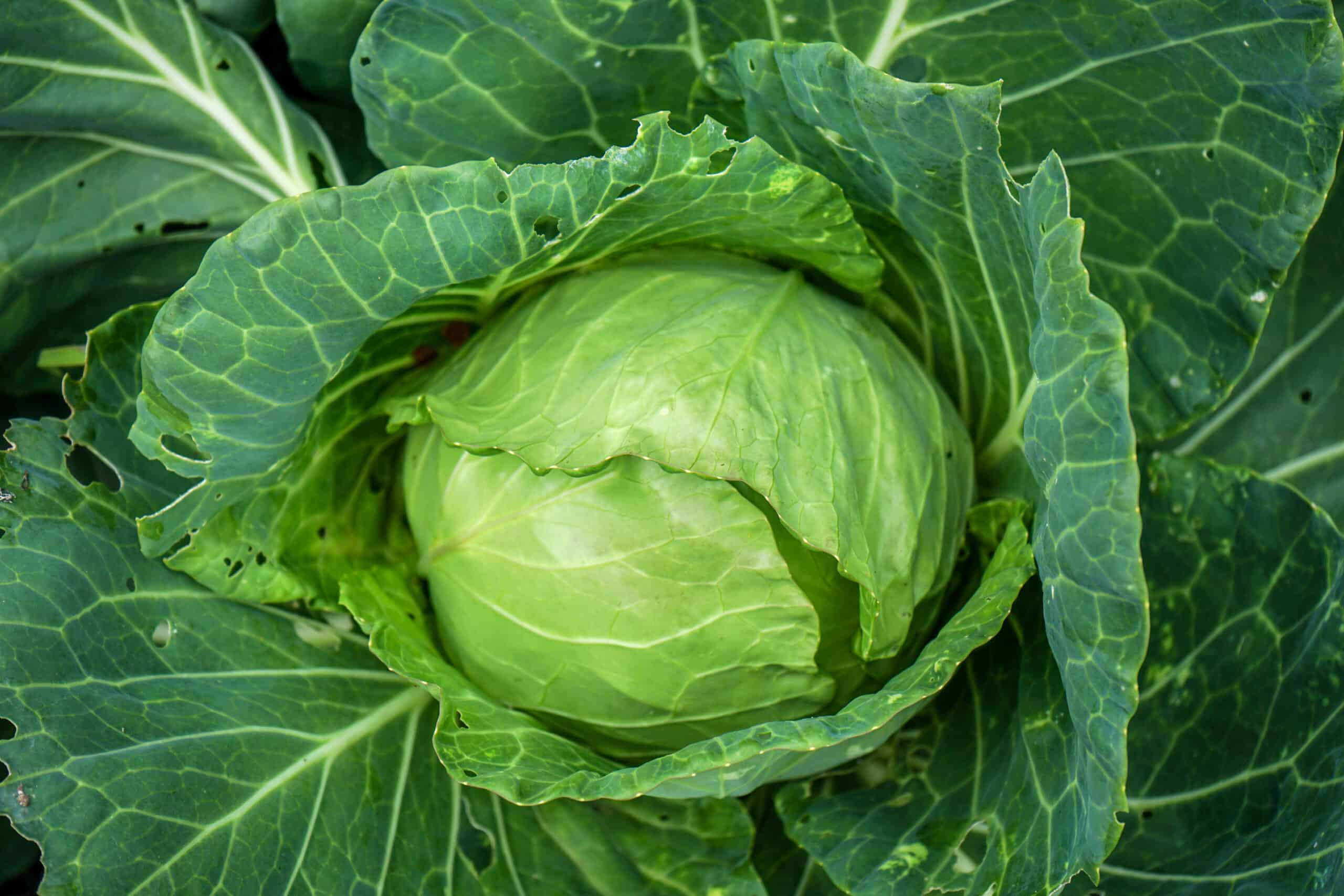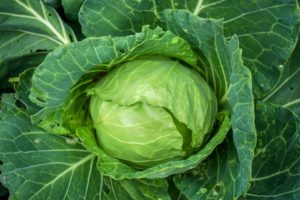
 Not just cabbage, Pooja Makhija also suggests mustard, radish, beetroot greens, Malabar spinach and so much more.
Not just cabbage, Pooja Makhija also suggests mustard, radish, beetroot greens, Malabar spinach and so much more.
Have you jumped on the kale bandwagon yet? Healthy eating enthusiasts have recently been going gaga over kale- a leafy, green, cruciferous vegetable that is rich in nutrients. It can be eaten raw or cooked, in salads, in the form of chips, as well as by adding it as an ingredient in pasta sauces, soups, and smoothies. So many celebrities have also declared kale as one of their favourite healthy foods. However, in India, this “super vegetable” is a little hard to find and thus also quite expensive. Does that mean we’ll have to go without its nutritional benefits? Celebrity nutritionist Pooja Makhija disagrees.
Perfect Indian alternate to kale
In an Instagram Reels, Pooja talks about how nutritious kale is as a vegetable. No wonder she calls kale a “multivitamin wonder”, thanks to oxidants like vitamin C and flavonoids, as well as its high content of beta-carotene, lutein, zeaxanthin, as well as the presence of fibre.
But Pooja knows our struggles in being able to procure kale, mentioning how in India, it sells for anything between 200 to 700 rupees per kilogram. Don’t worry, Pooja also leaves us with a handy alternative. Guess what? Cabbage. Yes, according to the nutritionist, cabbage, which is widely abundant in the Indian farms and markets, comes from the same cruciferous family and boasts of all the nutritional perks that kale became famous for. The best part? It is so much more accessible and affordable.
Pooja mentions how kale is definitely richer in flavonoids than cabbage, but mixing up another antioxidant-rich veggie like carrots with the cabbage will render something that she says is “cooler than kale”. The perks of cabbage are plenty: “Cheap, available all year round, every city and town, easier to store, and stays fresh longer”. Her caption also highlights other Indian superfoods that you should be incorporating into your diet as well, like amaranthus, mustard, radish and beetroot greens, Malabar spinach, moringa leaves, palak and gongura, and colocasia.







